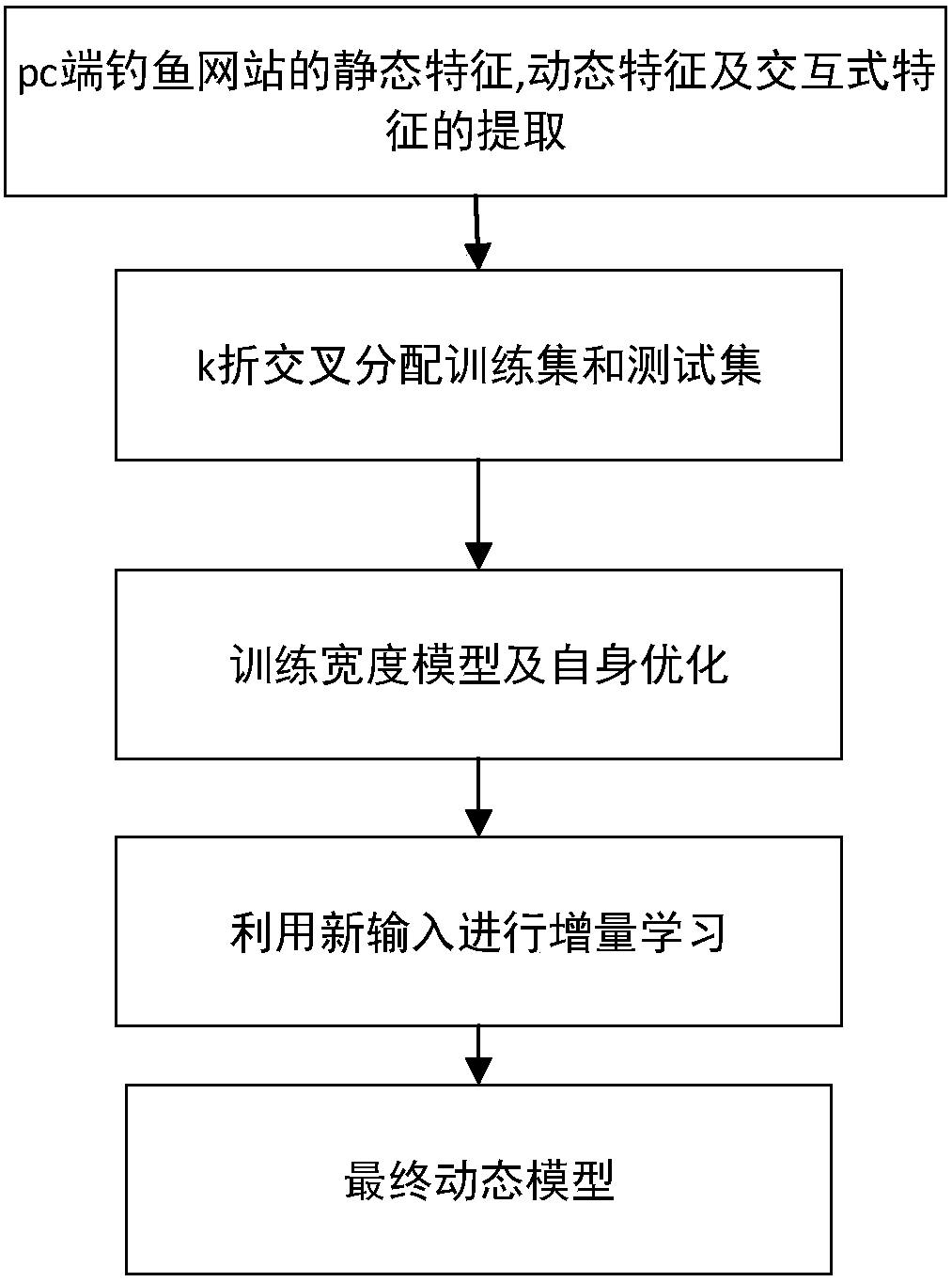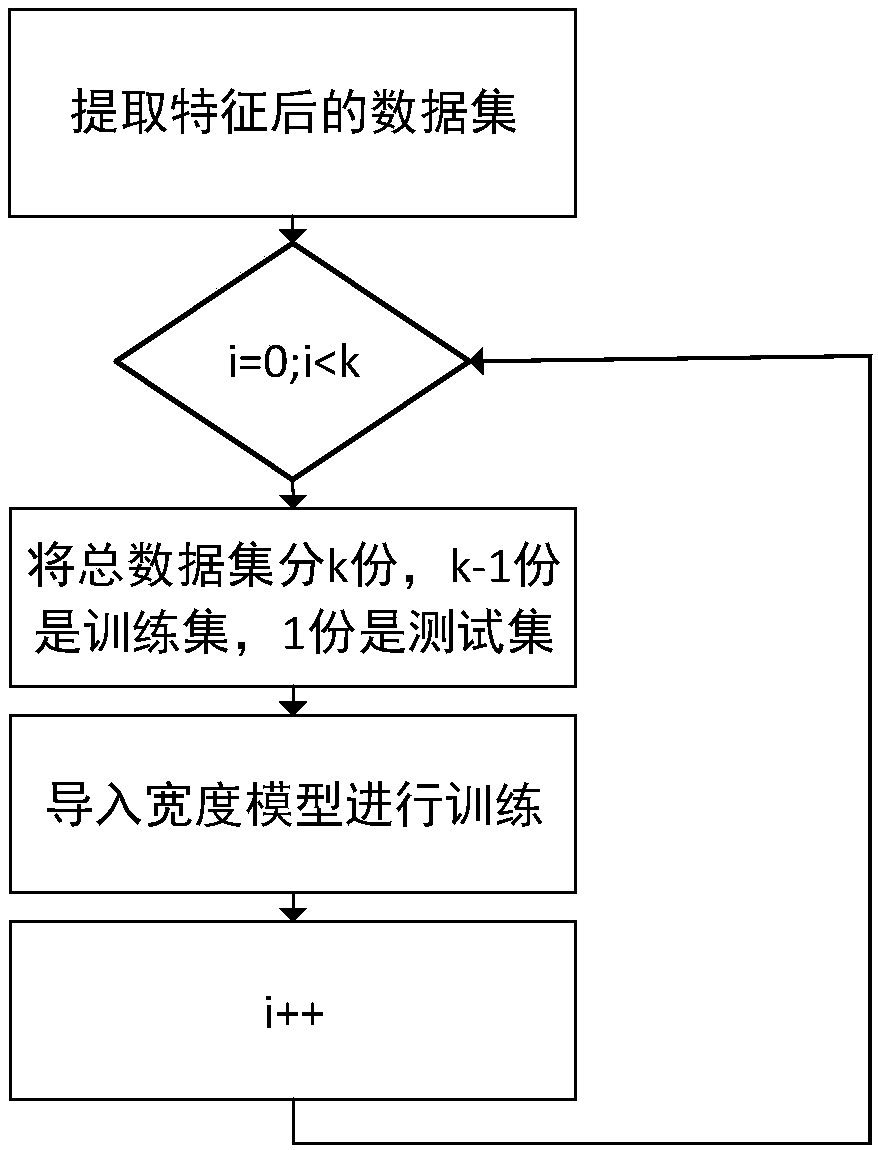Phishing website detection method based on web automatic testing and width learning
A technology for automated testing and phishing websites, which is applied in the fields of instruments, computing, and electrical and digital data processing. It can solve problems such as low speed and efficiency, unreliable determination methods, and time-consuming, so as to improve the recognition ability.
- Summary
- Abstract
- Description
- Claims
- Application Information
AI Technical Summary
Problems solved by technology
Method used
Image
Examples
Embodiment approach
[0074] (1) Step 1: Static feature extraction, dynamic feature extraction and interactive click access are performed on a large number of phishing websites and normal websites in the data set on the PC side.
[0075] Such as figure 2 As shown, step 1 is as follows:
[0076] Step 1.1, perform static feature extraction on the url itself, including the following six features:
[0077] ①Whether the url contains an ip address: the ip address can be used to evade domain name registration and user inspection;
[0078] ②Whether the domain name of the url is pure numbers from the beginning to the first point: Regular URLs rarely use pure numbers to insert domain names, such as the official website Baidu https: / / www.baidu.com / , and the phishing website http: / / www.030033. com / ;
[0079] ③Whether there are sensitive characters such as @ in the url: the account is in front of the @ character, and the real address is behind it, which is commonly used in phishing websites;
...
PUM
 Login to View More
Login to View More Abstract
Description
Claims
Application Information
 Login to View More
Login to View More - R&D
- Intellectual Property
- Life Sciences
- Materials
- Tech Scout
- Unparalleled Data Quality
- Higher Quality Content
- 60% Fewer Hallucinations
Browse by: Latest US Patents, China's latest patents, Technical Efficacy Thesaurus, Application Domain, Technology Topic, Popular Technical Reports.
© 2025 PatSnap. All rights reserved.Legal|Privacy policy|Modern Slavery Act Transparency Statement|Sitemap|About US| Contact US: help@patsnap.com



